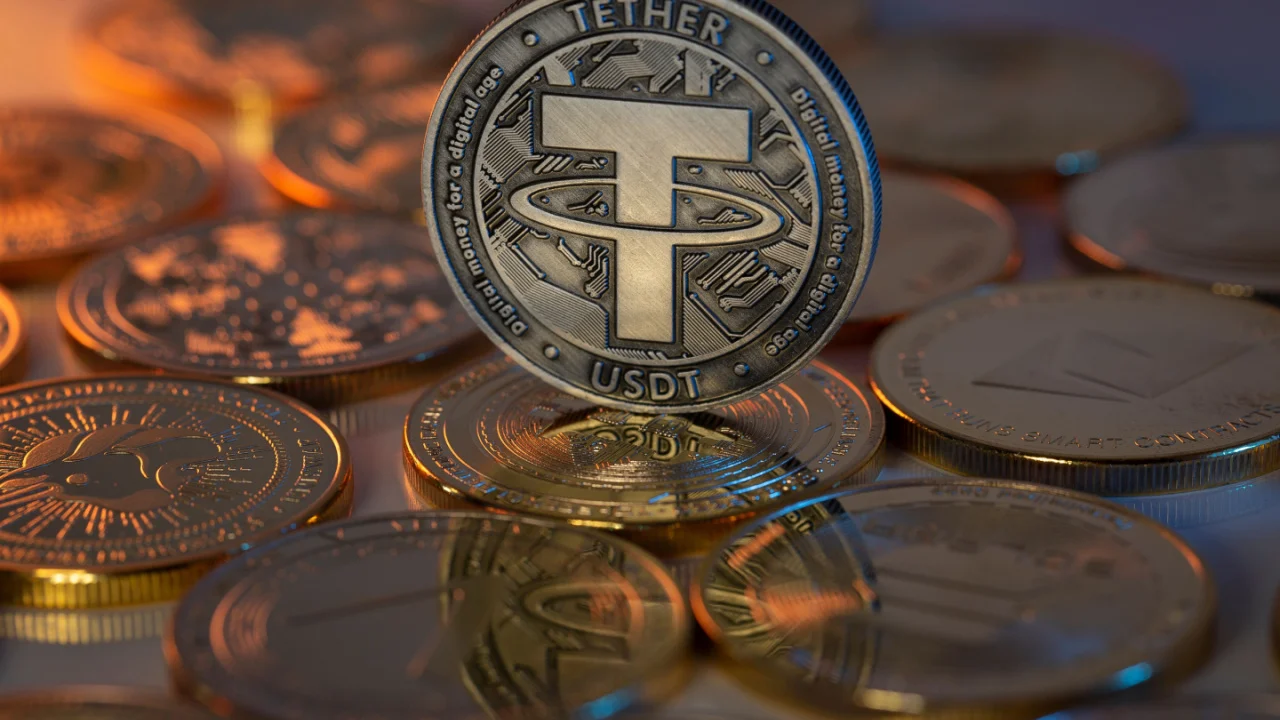|
Getting your Trinity Audio player ready...
|
Tether (USDT) continues to dominate the stablecoin market, maintaining its status as the leading digital asset for secure, stable value transfers. With a total supply exceeding 119.34 billion tokens, Tether added another 1 billion USDT in the past month alone, reflecting the sustained demand for stablecoins across the crypto ecosystem. While USDT’s main activity remains concentrated on Ethereum and TRON, emerging blockchain networks like Toncoin and Celo are witnessing rapid USDT adoption.
Tether’s Expanding Footprint On Toncoin And Celo
In recent months, Tether has significantly increased its presence on alternative blockchains, marking a new era of diversified use cases. On Celo, the supply of USDT has surged by over 68%, approaching the $300 million mark. Celo’s growing ecosystem is leveraging USDT primarily for transactions with centralized exchanges like Binance and Bybit. Over $276 million worth of USDT was transferred to centralized platforms, reflecting a strong use case for cross-exchange transfers on Celo.
Similarly, Toncoin has become another crucial growth area for Tether, with more than $668 million in value inflows. USDT on Toncoin is primarily used for peer-to-peer payments, gas fees, and the advertising economy within Telegram. As the native stablecoin for Toncoin, USDT plays a pivotal role in the platform’s financial transactions, acting as a “jetton” asset within the Toncoin ecosystem. With authorized funds set to push the USDT supply past $700 million on Toncoin, Tether’s influence in emerging markets continues to rise.
While Circle’s USDC focuses on compliance and blockchain-specific solutions—most notably its integration with the Base blockchain and efforts to meet EU regulations—Tether’s strategy centers on expanding its token across multiple chains. Tether’s flexibility enables it to support decentralized exchanges (DEXs) and facilitate simple payments, providing broader cross-chain functionality. USDC’s share of usage remains lower, with 61% of its tokens in private wallets, compared to USDT’s 69%, signaling Tether’s stronger position in retail and institutional markets.
Celo’s Evolution into Layer 2 (L2) Chain
One of the key developments driving stablecoin growth on Celo is its planned transformation into a Layer 2 (L2) solution. The Celo testnet, now rebranded as Celo L2, is laying the foundation for faster and more efficient transactions, especially for stablecoins like USDT. Celo’s evolution into an L2 network promises easier asset transfers from Ethereum and other compatible chains, boosting liquidity and reducing transaction costs. The integration of USDT on Celo’s L2 could enhance the network’s role as a bridge between Ethereum and decentralized finance (DeFi) applications.
Stablecoin Supply Surges in 2024
Overall, the supply of stablecoins continues to expand in 2024, with a total market size estimated between $164 billion and $169 billion. Tether remains the most used stablecoin for both centralized exchanges and DeFi applications, burning up 5.25% of all Ethereum gas fees. Despite increased regulation in the U.S. and the Eurozone, Tether’s influence in emerging markets is growing, particularly through its usage on mobile platforms like Telegram, where USDT facilitates zero-fee, message-based payments and mini-app integrations.
Stablecoins are no longer just tools for market trading; they now serve more niche purposes in areas such as DEX trading, peer-to-peer payments, and DeFi applications. USDT and USDC retain the largest cross-chain functionality, while other stablecoins—particularly crypto-collateralized tokens—are seeing increased usage in decentralized applications (dApps). The stablecoin market is gradually recovering from the 2022 FTX collapse, with a 5.15% increase in token printing in recent months, signaling renewed investor confidence.
As stablecoins like Tether continue to diversify their use cases, expanding across chains like Celo and Toncoin, they are likely to remain a cornerstone of the cryptocurrency ecosystem, offering stability, liquidity, and security for global transactions.
Disclaimer: The information in this article is for general purposes only and does not constitute financial advice. The author’s views are personal and may not reflect the views of Chain Affairs. Before making any investment decisions, you should always conduct your own research. Chain Affairs is not responsible for any financial losses.
With a keen eye on the latest trends and developments in the crypto space, I’m dedicated to providing readers with unbiased and insightful coverage of the market. My goal is to help people understand the nuances of cryptocurrencies and make sound investment decisions. I believe that crypto has the potential to revolutionize the way we think about money and finance, and I’m excited to be a part of this unfolding story.




